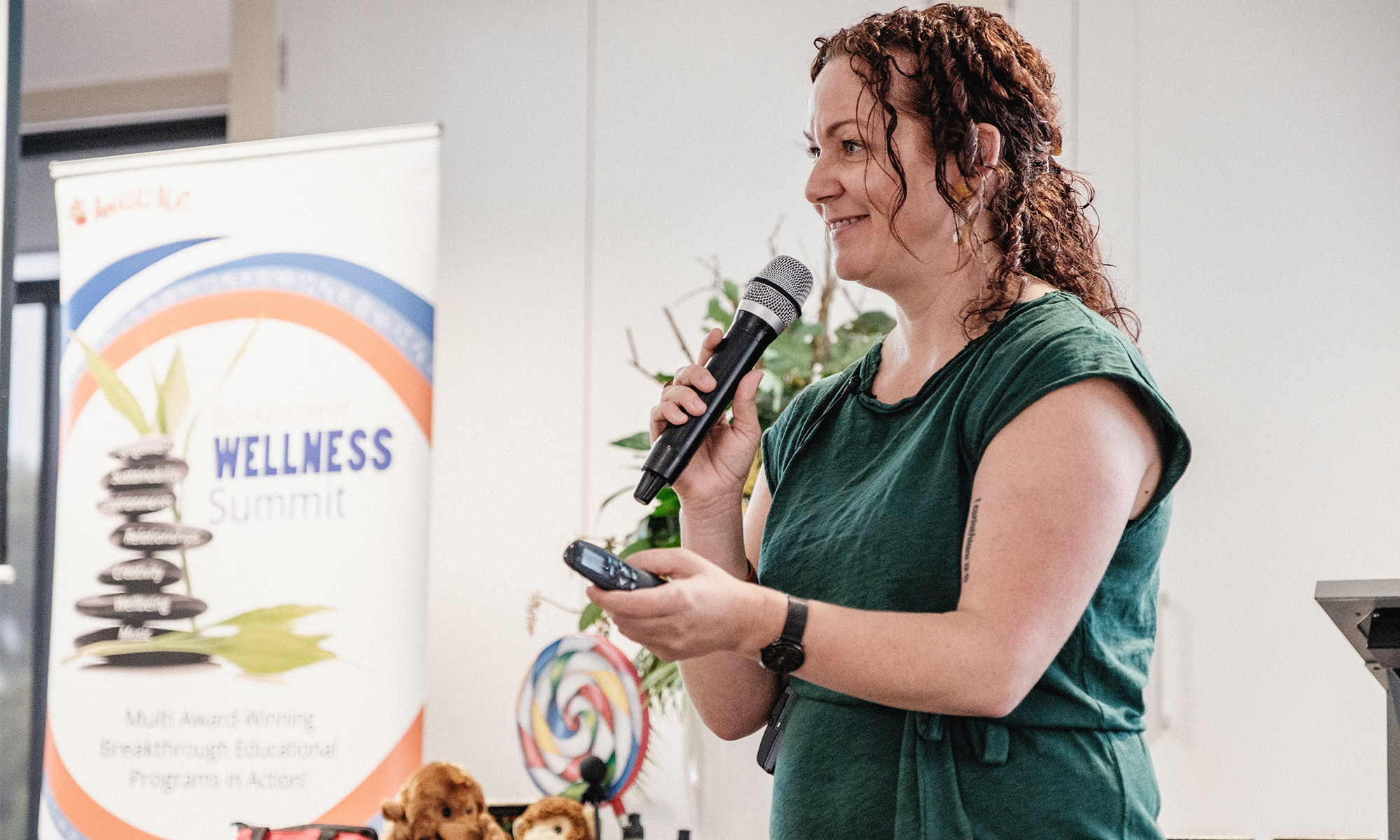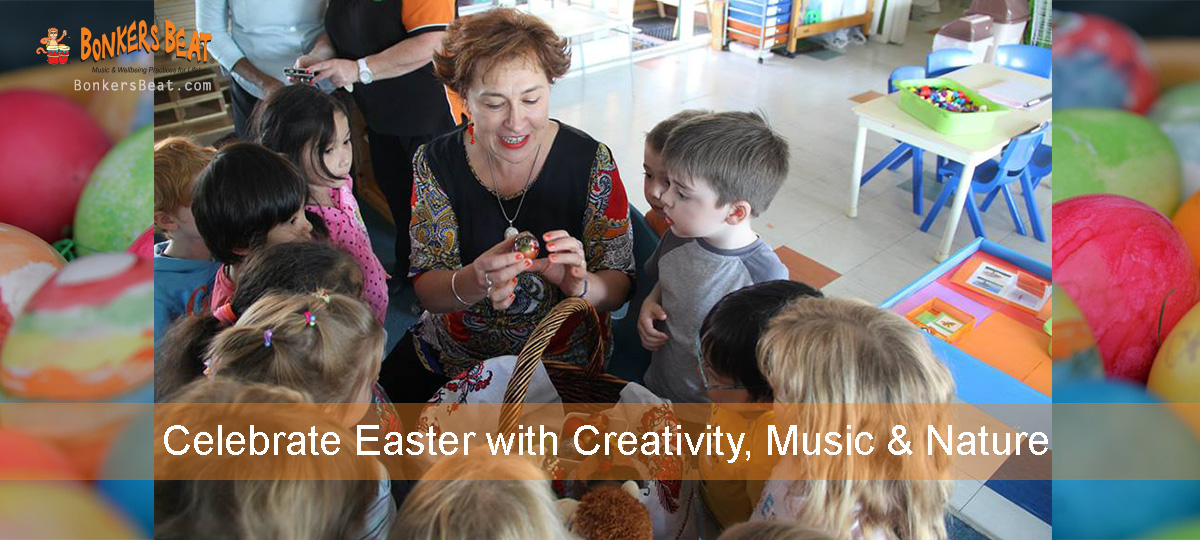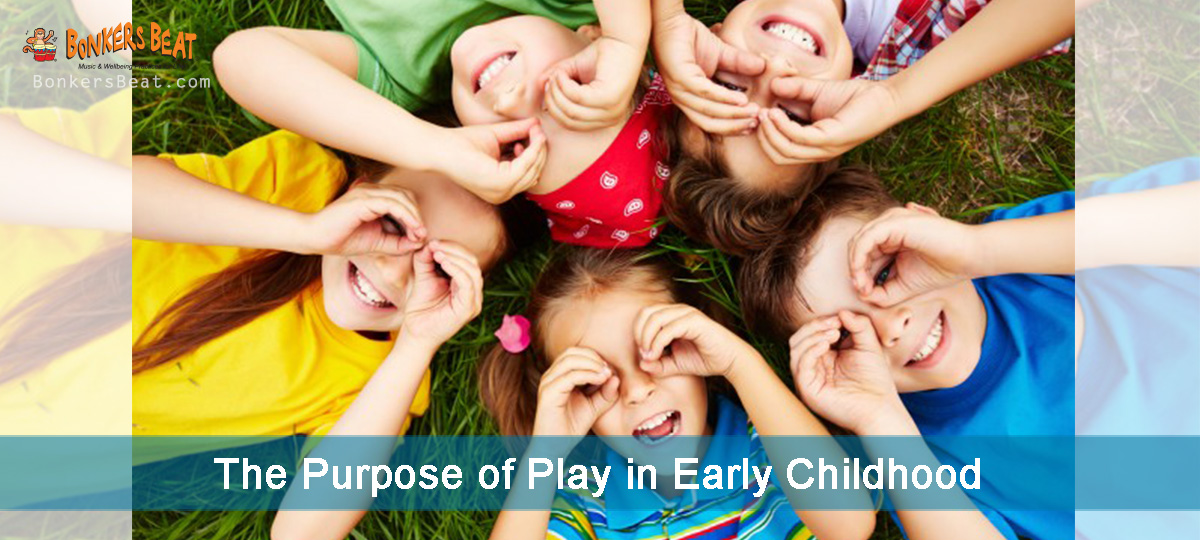Science, technology and creativity frequently go hand in hand. From medicine to smart devices and space travel, science, technology and creativity are behind the most amazing advancements the world has ever seen. Science Week is taking place from the 11th – 19th of August and this year’s theme is Game Changers and Change Makers. The theme inspired us to want to discuss how we can foster excitement in children for making a positive change in the world using science, technology and of course creativity.
Defining science and technology
In today’s tech-focused world, you’ve probably come across the term STEM. Or perhaps another variation like STEAM. STEM stands for science, technology, engineering and maths. STEAM adds art into the mix.
Science and technology, or STEM, are a cornerstone of today’s learning and involve a holistic approach
For children to understand scientific terms, it’s important that we get hands-on and really show them. For many children, science is like a magic show so it’s a lot of fun too! Further in this blog, we’ll look at some great science experiments to try in child care centres and pre-school settings.
“For young learners, science is just an extension of their everyday world. We don’t have to teach young children how to wonder, discover, and explore through play because they do it naturally.” -Steve Spangler
Adding in creativity
Creativity is so unique to each of us. Each child can have a unique perspective, idea or approach and when you apply creativity to the power of science and technology, that’s where the magic happens. Science and technology can trigger creativity in children as it encourages them to observe and question what is happening while wondering ‘what if I do it this way’ or ‘what would happen if we changed this to that’?
Experiments to try
Magnet play: Fill a clear container with a range of objects that are metal such as paperclips along with some non-metal things like coloured beads for example. Use magnets along the outside of the jar to watch the magnetic magic happen!
Make oobleck:
Floaters and sinkers: Simple and fun, you just need a big tub of water and a range of different objects, some that will sink and some that will float. Get children to predict before testing and sort the floating objects from the sinking objects, discussing as you go!
Future-proof education
Today’s children truly are tomorrow’s game changers and change makers. In your class, you might have the next Elon Musk or Stephen Hawking! The beauty of the future we are building through technological advancements is that it encourages today’s children to become thinkers, doers and entrepreneurs, not just workers.
Let’s get children thinking about the world in an innovative way now, applying their creativity to the infinite possibility and power of science and technology.
If you do any excellent science and tech activities with children that you’d be happy to share with other educators, please let us know or share via Facebook!



